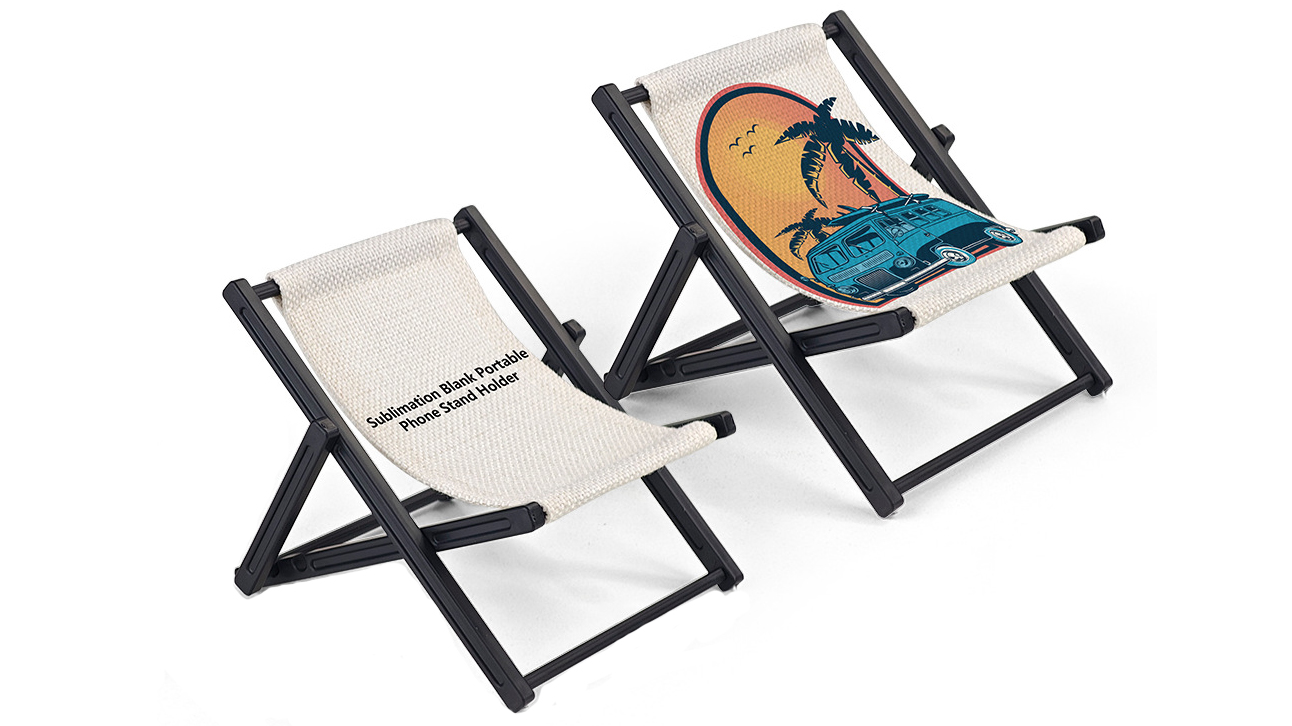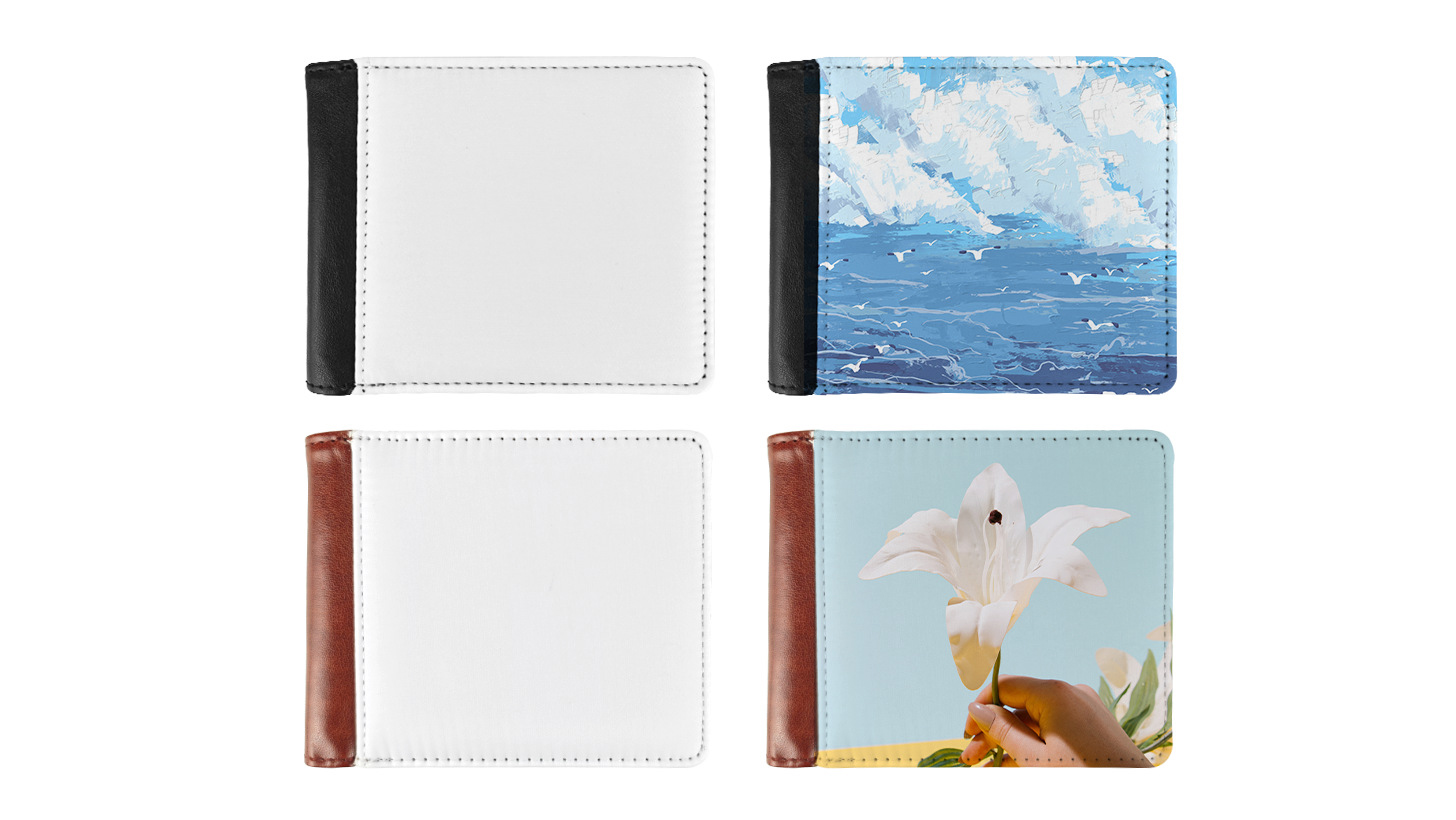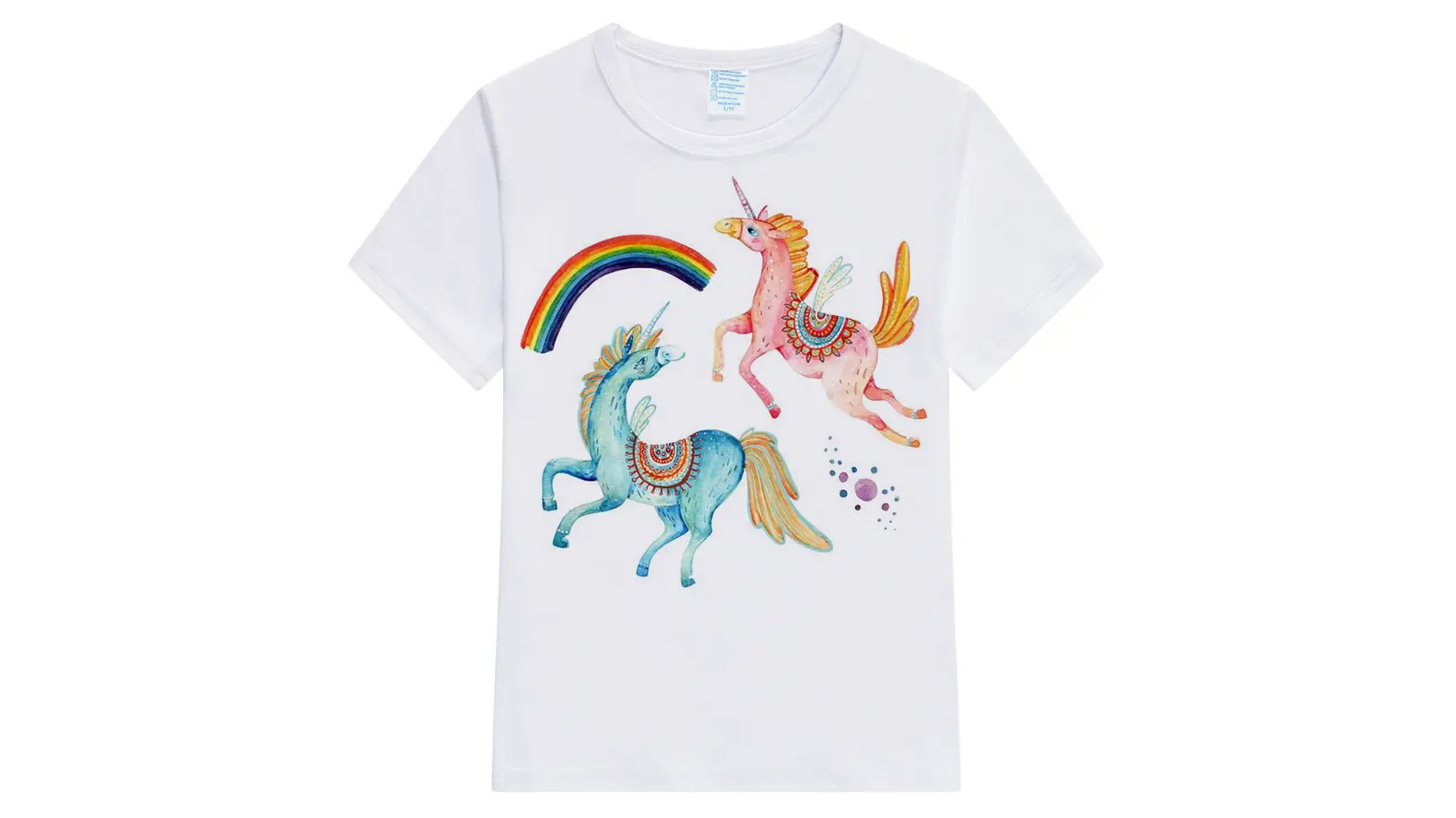
You need to pay attention to coating when working with sublimation blanks. The special coating allows sublimation ink to bond with the surface and become a permanent part of the item. If you use an uncoated blank, the ink will not stay on and your design will fade or wash away. > Coating Importance goes beyond appearance—it helps your prints stay bright and last longer.
Key Takeaways
Coating on sublimation blanks lets ink stick for good. This makes designs look bright and last a long time. Polymer coatings, like polyester ones, hold sublimation ink really well. They also make the print look better. Using blanks called ‘sublimation-ready’ or with the right coatings stops fading and peeling. It also keeps colors from looking dull. Putting on coatings the right way and getting the blank ready gives sharp, strong prints. DIY coating sprays can work but are not as good as factory coatings. Factory coatings make colors brighter and last longer.
Sublimation Coating

Polymer Layer
You need a special surface for sublimation printing. Most blanks come with a polymer layer. This layer covers the blank and prepares it for the sublimation process. You will often find polyester or similar polymers used for this purpose. These materials work well because they can hold the ink and withstand the heat needed for sublimation.
Tip: Always check if your blank has a polymer coating before you start printing. This step saves you time and prevents wasted materials.
The polymer layer acts like a bridge between your design and the blank. Without it, the ink will not stick. You get the best results when you use blanks with a smooth and even coating.
Receptor Function
The polymer coating does more than just cover the blank. It acts as a receptor for the sublimation ink. When you apply heat and pressure, the ink turns into a gas. The polymer layer opens up and absorbs the gas. As the blank cools, the polymer traps the ink inside. This process makes your design a permanent part of the blank.
Here’s what happens during sublimation:
You print your design with sublimation ink on transfer paper.
You place the paper on the coated blank.
You apply heat and pressure.
The ink turns into a gas and moves into the polymer layer.
The design becomes part of the blank as the polymer cools.
Uncoated items cannot accept sublimation ink. The ink will sit on the surface and wipe away or fade quickly. You need the polymer layer to lock in the colors and details. If you skip the coating, your prints will not last.
Note: Only use blanks labeled as “sublimation-ready” or “polymer-coated.” This ensures your designs stay bright and permanent.
Coating Importance
Print Quality
You want your sublimation prints to look sharp and vibrant. The coating on your blank plays a big role in this. When you use a well-coated blank, the colors in your design appear brighter and more accurate. The coating acts like a canvas that holds the ink in place. Without it, the ink can spread out or fade quickly.
A good coating helps your design pop with rich colors and crisp lines.
You may notice that prints on uncoated blanks look dull or blurry. This happens because the ink cannot bond well with the surface. The coating importance becomes clear when you compare the results side by side. With the right coating, you get:
True-to-life colors
Sharp details
Smooth gradients
If you want your prints to stand out, always choose blanks with a high-quality coating. This step ensures your designs look professional and eye-catching.
Durability
You expect your custom items to last. The coating importance goes beyond just making your prints look good. It also protects your design from everyday wear and tear. A strong coating keeps the ink locked inside the blank. This means your design will not peel, crack, or fade easily.
Here is what a durable coating does for you:
Guards against scratches and scuffs
Resists fading from sunlight or washing
Keeps your design looking new for a long time
When you use a blank with a proper coating, you can wash mugs, wear shirts, or handle keychains without worrying about the design coming off. The coating importance shows in how well your items hold up over time.
Remember: The better the coating, the longer your print will last.
If you want to create products that people can use every day, pay close attention to the coating. This choice makes a big difference in both quality and durability.
Types of Coatings

When you pick sublimation blanks, you will see different coatings. Each coating works best with certain materials. Knowing about them helps you choose the right blank for your project.
Polyester-Based
Polyester-based coatings are used most often for sublimation. You find these on shirts, mouse pads, and banners. The polyester layer holds sublimation ink very well. This coating gives you bright colors and clear images. You get the best results with blanks made from 100% polyester or those with a thick polyester coating.
Tip: If you want to print on fabric, check the polyester content. More polyester means your image will look better.
Ceramic and Metal
You can also sublimate on hard things like mugs, tiles, and metal panels. These items need a special coating because ceramic and metal do not take in ink by themselves. Makers use coatings like epoxy resin to get these surfaces ready.
Here is a quick look at the good and bad sides of ceramic and metal coatings:
Aspect | Advantages | Disadvantages |
|---|---|---|
Print Quality | Makes bright, high-quality, and long-lasting prints with permanent ink bonding. | Needs careful application and curing to avoid uneven coatings. |
Durability | Coatings (like epoxy resin and hardener) make a strong, shiny layer that stands up to heat and pressure. | Bad coatings or not curing right can cause peeling, cracking, or fading over time. |
Material Compatibility | Lets you sublimate on ceramics and metals that do not work with sublimation inks naturally. | Some coatings (like sprays made for polyester/canvas) may not work well on ceramics or metals. |
Application | You can use different ways (spraying, dipping, brushing) so you have options. | Application can be hard; not getting the surface ready can hurt the results. |
Environmental Factors | Coatings can have sunlight blockers to stop fading from light. | Some coatings may smell during use, which can be unpleasant. |
You get strong, shiny prints on mugs and metal signs with these coatings. You must follow the right steps or you might have problems like peeling or fading.
DIY Methods
You might want to coat your own blanks at home. DIY coating sprays let you make some surfaces ready for sublimation. These sprays work best on canvas, wood, or other craft items. You spray the coating, let it dry, and then add your design.
Note: DIY sprays do not always give the same quality as factory coatings. You might see less bright colors or not as much durability. Always test a small spot first to see how it works.
Picking the right coating helps you get the best print quality and durability for your project.
Application and Troubleshooting
Selection Tips
Choosing the right coating for your sublimation blanks makes a big difference in your results. You want to avoid common mistakes that can ruin your prints. Here are some things to watch out for:
Many people pick fabrics with low polyester content or cotton blends. These do not bond well with sublimation ink. Your prints may look dull or fade quickly.
Some blanks do not have a proper polymer coating. If you use these, the ink will not stick well, and colors will not look bright.
Always check if your blank is made for sublimation. Look for labels like “100% polyester” or “sublimation-ready.”
Do not skip checking the material content. If you use untreated cotton or low-polyester blends, your design may wash out after a few uses.
Tip: Always read the product description before buying blanks. This step saves you time and money.
Application Steps
Applying a coating or using pre-coated blanks takes careful steps. Follow these best practices for great results:
Clean the blank to remove dust or oils.
If you use a DIY spray, shake the can well and spray an even layer.
Let the coating dry completely. Some coatings need heat to cure.
Place your printed transfer paper on the blank.
Use the right heat and pressure settings for your material.
Let the item cool before handling.
A clean and dry surface helps the coating bond better.
Common Issues
Sometimes, problems happen during sublimation. Here are a few issues and how you can fix them:
Problem | Cause | Solution |
|---|---|---|
Poor adhesion | Wrong coating or dirty surface | Use correct coating, clean blank |
Faded colors | Low polyester content or bad coating | Choose high-polyester blanks |
Peeling or cracking | Incomplete curing or uneven coating | Follow drying instructions |
If your print does not look right, check your coating and blank first. Small changes can make a big difference.
You know why coating is important in sublimation printing. Coating Importance helps your prints look bright and last a long time. Pick blanks that say they are sublimation-ready. Make sure the surfaces are clean before you print. Keep coated items out of sunlight so they last longer. Always check the coating to get the best results.
FAQ
What happens if you use an uncoated blank for sublimation?
You will see the ink wash away or fade quickly. The design will not bond with the surface. You need a coated blank to make your print last.
Can you add your own coating to a blank?
Yes, you can use DIY sprays to coat some surfaces. These sprays work best on wood or canvas. Always test a small area first to check the results.
Why do polyester coatings work best for sublimation?
Polyester coatings hold sublimation ink well. The ink bonds with the polymer layer during heat pressing. You get bright colors and sharp images with polyester.
How do you know if a blank is sublimation-ready?
Look for labels like “sublimation-ready” or “polymer-coated.”
You can also check the product description. If you are unsure, ask the seller before buying.
What should you do if your print fades after washing?
Check if you used a high-polyester blank.
Make sure the coating was applied correctly.
Use the right heat and pressure settings.
Proper coating and correct settings help your prints last longer.

